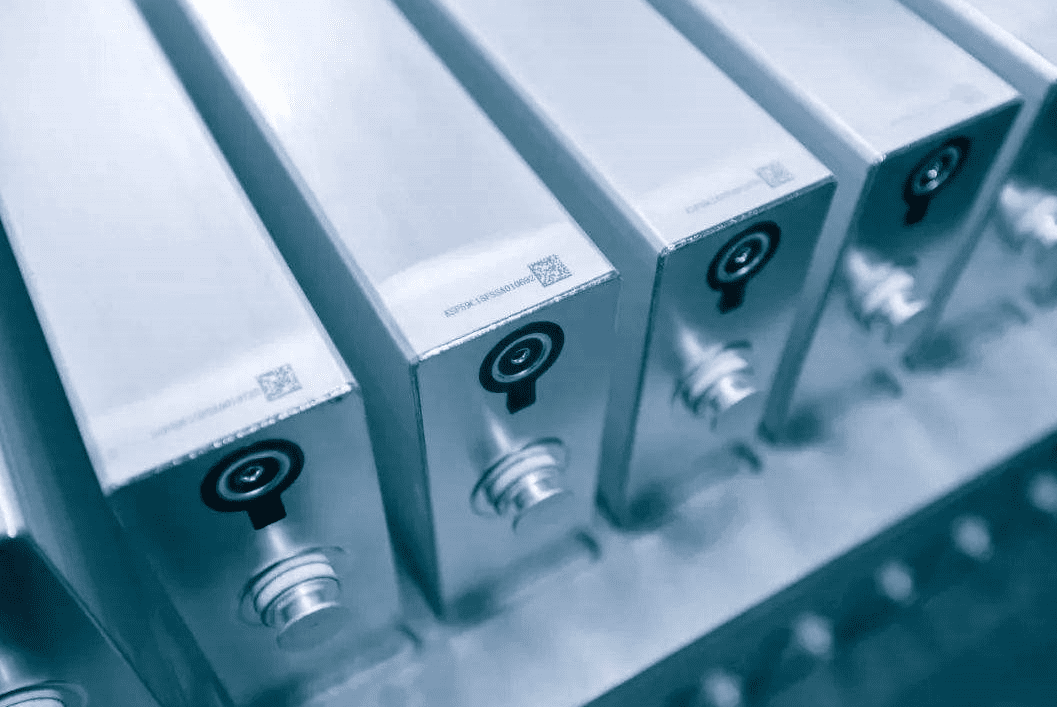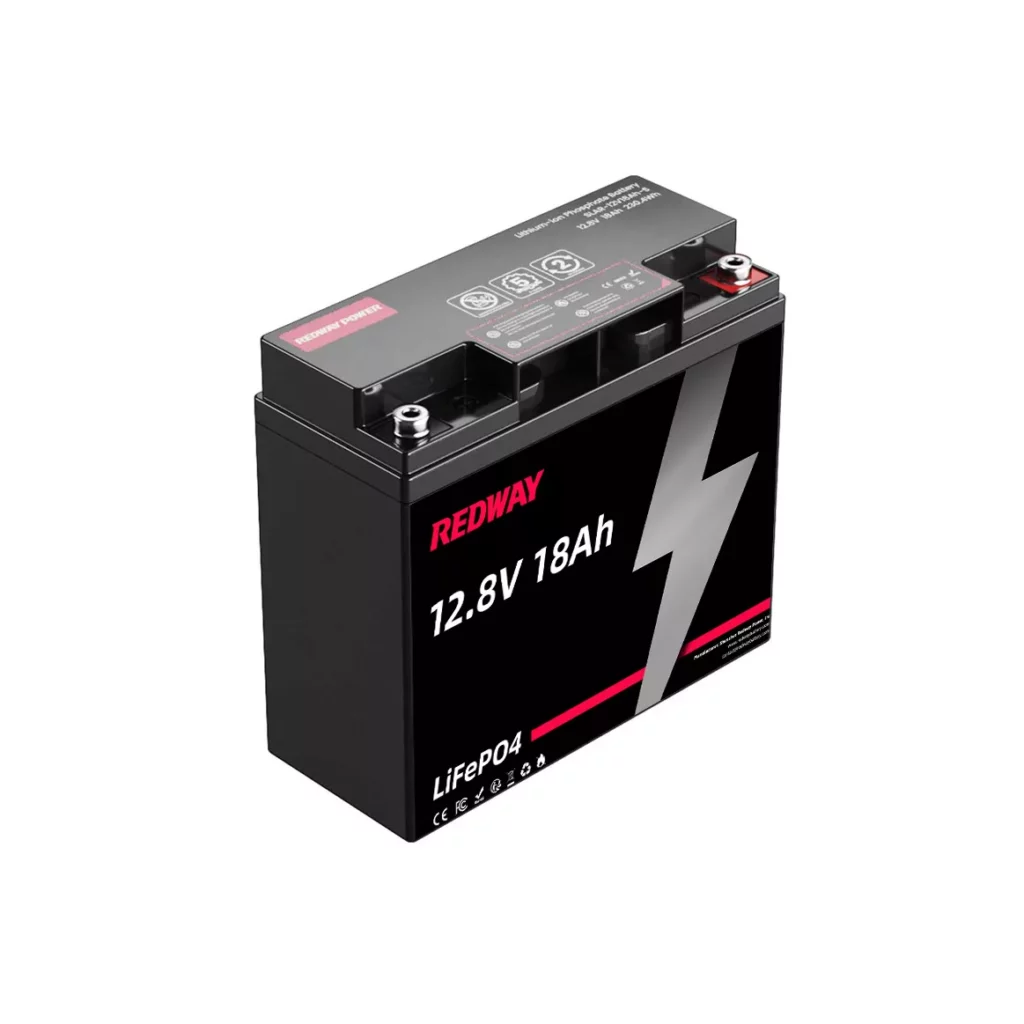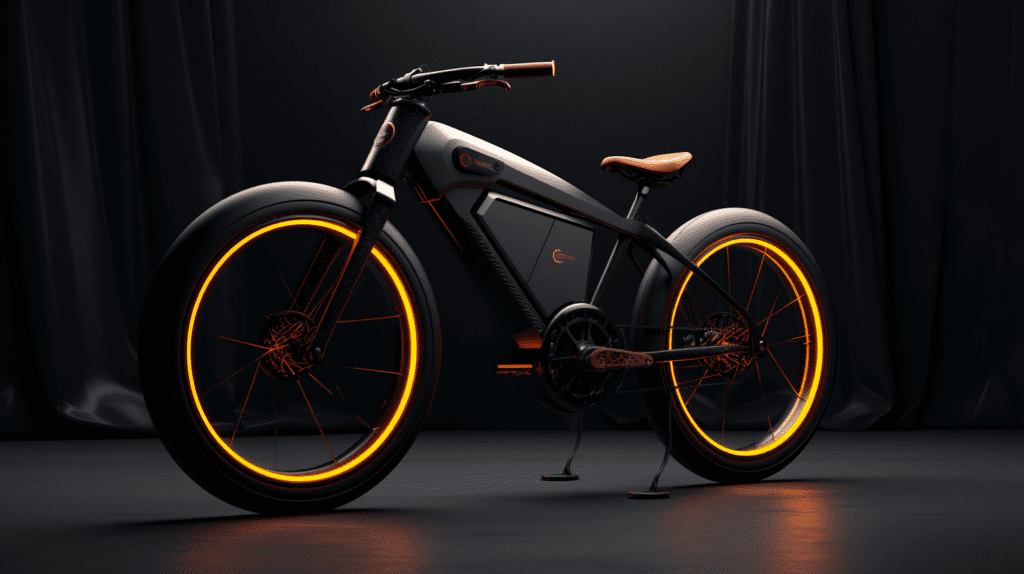Lithium-ion batteries have become the backbone of modern energy storage solutions, powering everything from portable devices to electric vehicles. These batteries come in various shapes and forms, with square lithium batteries standing out as a common and popular choice for a wide range of applications. The structural characteristics, advantages, and drawbacks of square lithium batteries make them an interesting subject for exploration.

#post_seo_title
Types of Lithium-Ion Batteries
Based on Shape
Lithium-ion batteries are divided by their shape into square lithium batteries (such as commonly used mobile phone battery cells), cylindrical lithium batteries (such as 18650, 18500, etc.), and snap-type lithium batteries
Casing Materials
Lithium-ion batteries are classified by their outer casing materials into aluminum shell lithium batteries, steel shell lithium batteries, and pouch cells.
Cathode Materials
Based on cathode materials, they include lithium cobalt oxide, lithium iron phosphate, lithium manganese oxide, and lithium polymer batteries.
Comparison of Common Lithium Battery Shapes
The mainstream lithium battery packaging forms mainly have three types, namely cylindrical, square, and pouch.
Square Lithium batteries
Square lithium batteries typically refer to aluminum or steel-cased square batteries, and the popularity of square batteries is quite high domestically. The structure of square batteries is relatively simple.
Cylindrical Lithium batteries:
Cylindrical batteries uses high-strength stainless steel as the casing and have accessories like explosion-proof safety valves, so the overall accessory weight should be light, and the relative energy density is relatively high.
The Structure of Square Lithium Batteries
The main components of a typical square lithium battery include the top cover, casing, positive and negative plates, stacked or wound separator, insulating components, safety features, etc.
Puncture safety protection device
. This involves adding a layer of metal, such as a thin copper sheet, on the outermost part of the wound core. When a puncture occurs, the high local current generated at the puncture location is quickly reduced per unit area by the large area of the copper sheet. This prevents local overheating at the puncture site and helps mitigate the occurrence of thermal runaway in lithium batteries.
Overcharge safety protection device
A safety design seen in many batteries. Generally, it consists of a metal sheet used in conjunction with a fuse. The fuse can be designed to the positive current collector, and during overcharging, the pressure generated inside the lithium battery triggers the internal short circuit of the overcharge safety protection device (OSD), resulting in an instantaneous high current, which causes the fuse to blow, thereby cutting off the internal current circuit of the battery.
Material
The casing is typically made of steel or aluminum. Driven by market demands for higher energy density and advancements in manufacturing processes, aluminum casings are gradually becoming the mainstream choice.
What are the Pros and Cons of square lithium batteries?
Pros
the advantages of square-shaped lithium batteries presented as following
- High reliability in packaging.
- High system energy efficiency.
- Relatively lightweight with high energy density.
- Simple structure, allowing for easier capacity expansion.
- Large individual capacity simplifies system composition and enables individual monitoring.
- Simple system design leads to relatively good stability.
Cons:
Here are the disadvantages of square-shaped lithium batteries presented as following:
- Customization of square-shaped lithium batteries based on product dimensions leads to a vast array of models, making standardization challenging.
- Limited automation in production results in significant individual variations in battery cells.
- In large-scale applications, there is an issue where the system’s lifespan is much shorter than that of individual cells due to these variations.





